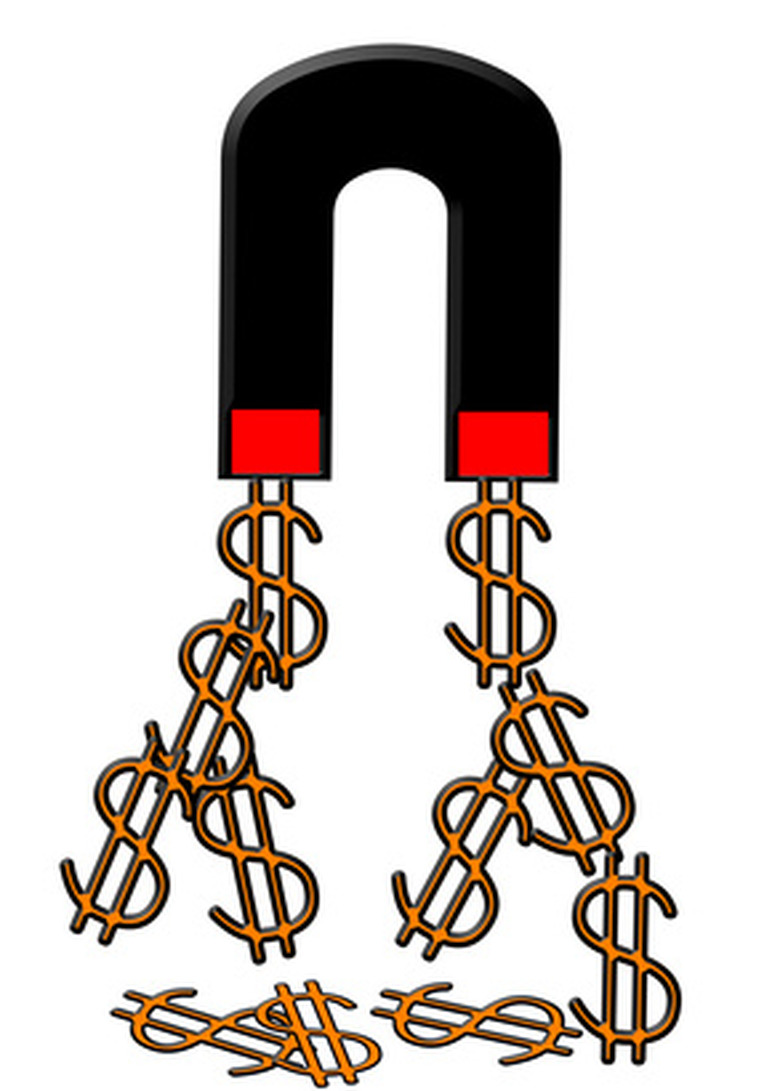What Happens When You Cut A Bar Magnet In Half?
It can be natural to think that cutting a bar magnet in half will separate the north and south poles, but this is not what happens. Instead, it creates two smaller dipole magnets.
Domains
Domains
Magnets have small pockets of material called domains. These domains have atoms whose magnetic moments are all aligned in one direction, not just with each other, but also with all of the other domains in the magnet. Arbitrarily, we call the directions the magnetic moments point toward "north" and "south."
Halving
Halving
When you cut a bar magnet into two pieces, the magnetic moments are still aligned as they originally were. In fact, this is the case for magnets of all shapes, including rings and horseshoes. If cut in two, they will still exhibit the properties of a standard dipole magnet.
Magnetic Monopoles
Magnetic Monopoles
Physicists attempting to create a Grand Unified Theory of particle physics have predicted the existence of a magnetic monopole, which is a particle with one magnetic pole and a net magnetic charge. This particle has not yet been detected using modern methods, and is unlikely to be discovered by cutting a standard bar magnet in half.
Cite This Article
MLA
Leenhouts, Doug. "What Happens When You Cut A Bar Magnet In Half?" sciencing.com, https://www.sciencing.com/happens-cut-bar-magnet-half-7413552/. 24 April 2017.
APA
Leenhouts, Doug. (2017, April 24). What Happens When You Cut A Bar Magnet In Half?. sciencing.com. Retrieved from https://www.sciencing.com/happens-cut-bar-magnet-half-7413552/
Chicago
Leenhouts, Doug. What Happens When You Cut A Bar Magnet In Half? last modified March 24, 2022. https://www.sciencing.com/happens-cut-bar-magnet-half-7413552/
